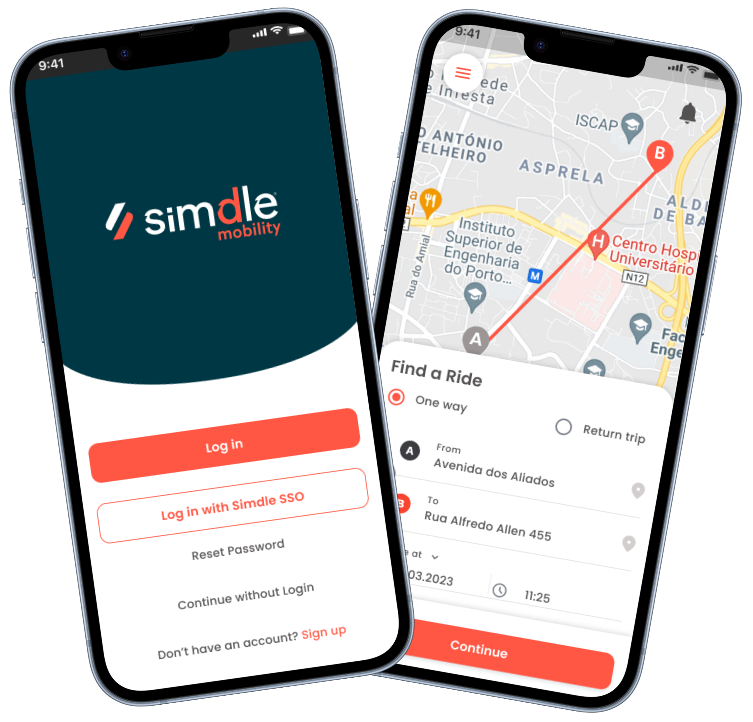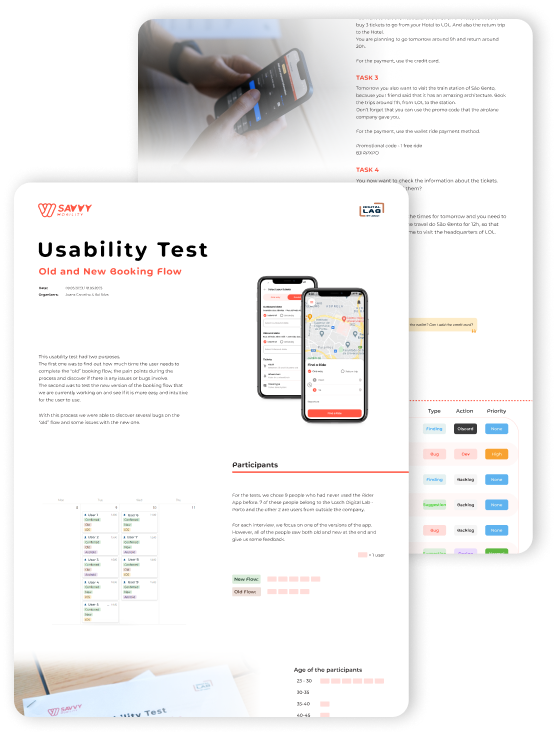Simdle Rider

about the simdle mobility
Simdle Rider is a shared mobility app that allows users to locate, book, and unlock vehicles on demand. Designed for urban travel, it supports different vehicle types and provides a seamless experience from booking to ride completion.
problem
challanges
These usability issues lead to negative reviews in app stores, cause frustration for users while using the app, result in a loss of trust, decrease overall user satisfaction, and ultimately reduce both adoption and retention rates.
goals
My Role in This Project
My Role in This Project
Process
research & discovery
- App store review analysis
- Interviews with frequent and inactive users
- Benchmarking against competitors like Bolt, Lime, and Free2Move
ideation & prototyping
- Ideation & Prototyping
- Redefined the user journey
- Created low- to high-fidelity prototypes in Figma
- Designed interaction flows focused on real-life mobility use cases
testing
- Conducted user testing in real-world booking scenarios
- Iterated based on usability and readability feedback


booking flow
problem
Passengers reported difficulty completing bookings — the flow required too many steps and was not intuitive.
solution
We redesigned the booking flow based on real usage data. We reduced the number of interactions and introduced progressive visual feedback.
impact
The experience became smoother and faster, with a clear reduction in the time needed to book a trip.
time to complete the booking
(before 1m 34s)
App Performance
problem
App slowness and frequent crashes compromised the experience, especially during critical moments like trip start.
solution
We collaborated with the engineering team to identify and fix major bottlenecks. We simplified components and optimized progressive content loading.
impact
The app became more stable and responsive, with noticeable improvements in fluidity and user confidence.
loading times
(before 430s)
(before 70s)
(before 3.6s)
loading times
(before 430s)
(before 70s)
(before 3.6s)

User experience
problem
The app’s complexity caused frustration, loss of trust, and platform abandonment.
solution
We restructured the information architecture, improved microinteractions, and tested with real users in real usage contexts.
impact
Trust was restored: users now feel more secure, autonomous, and satisfied when using the app.
results and impact
The redesign led to measurable improvements across key booking and support experiences. Enhanced clarity in the booking flow, reduced user friction, and better onboarding of new users contributed to more efficient operations. Internal data and feedback confirmed strong product performance after launch:



